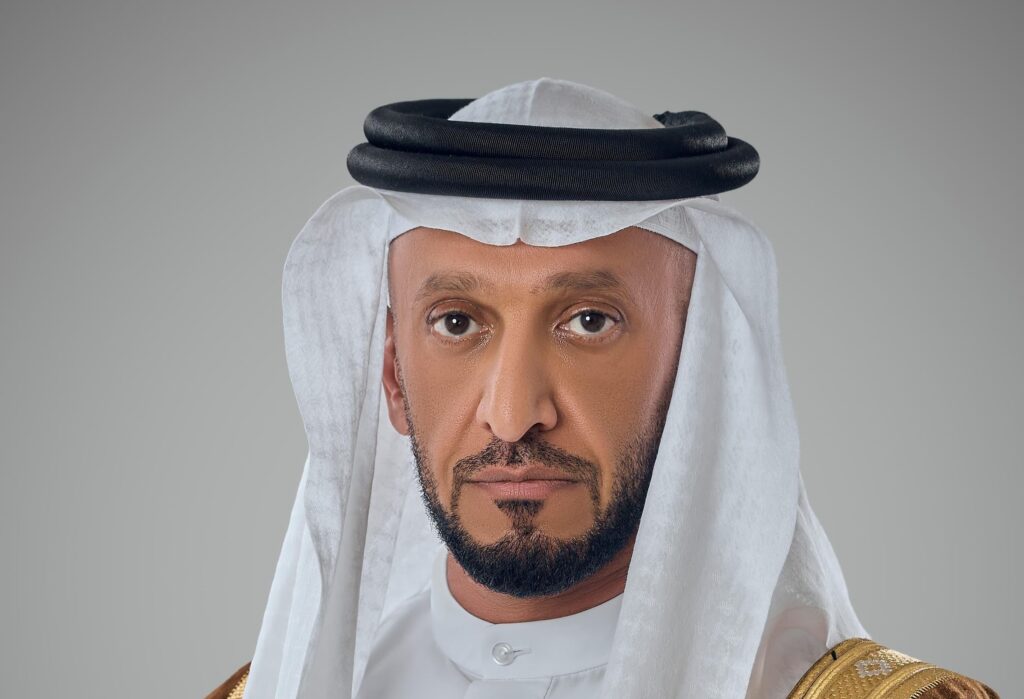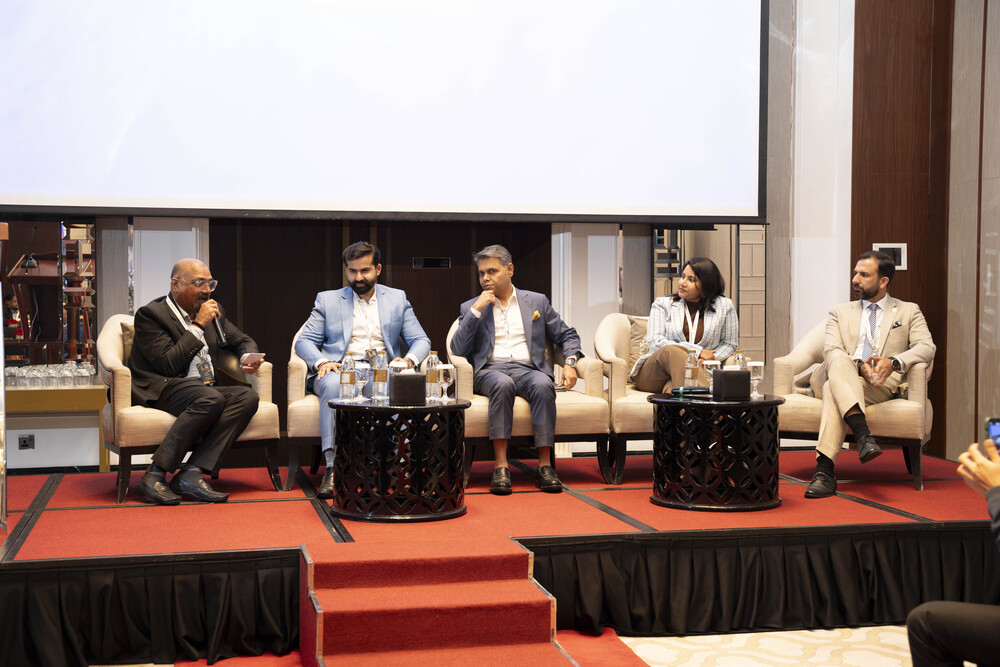In May 2016, YouTube launched the first edition of The Lantern, an award program to recognize the work of creative and media agencies, as well as advertisers in the MENA region during Ramadan.
Now in its second year, The Lantern has announced the winners of its second edition. This year, Orange Egypt won the award for its campaign “Nothing Gets Past Mohamed Henedi” by Leo Burnett and UM.
We caught up with Alex Brunori, Google’s creative lead for MENA, and Mohamad Yousri, planning director, Leo Burnett Cairo to understand what works on YouTube in general, and specifically, for “Nothing Gets Past Mohamed Henedi”.
Q&A with Alex Brunori, Google’s creative lead for MENA
Have you noticed any major differences between the top ten last year and this year?
Last year, we saw hub content (webseries or multi-part stories) grow fast with three out of the top five entries taking a hub approach. We saw strong consumer insights used to engage with audiences and some brands experimented with different storytelling styles. This year was a bit different: we saw more of the traditional Ramadan approach (togetherness, families, friends, singing, etc.) being used but with different deviations for different brands.
What trend or common thread did you notice among all the videos?
As mentioned above, the traditional Ramadan approach emerged this year with deviations for different brands. For example, Orange, the winning brand, incorporated humor and a strong consumer insight into the singing part of their ad.
What, in your opinion, does a brand need to do to be successful on YouTube – and what does ‘success’ mean on YouTube?
To be successful on YouTube, you need to understand that YouTube is not a media repository but a living and breathing ecosystem that has its own rules, and audiences expect brands to play by these rules with them. Success on YouTube means engaging the audience beyond the first few seconds and tell stories that are fairly different from the ones we used to have for TV: relatable, authentic, based on human insights and needs, resonating with the audience’s tension points and with a different storytelling that can be enjoyed without having to wait for a “revelation” or “resolution” just at the end.
Are there any particular metrics that brands should focus and any that they should, perhaps, give less importance to?
Watch time is the Ramadan brand currency, and it’s an indisputable sign of engagement – a far better success metric than just eyeballs. But all metrics related to engagement matter: watch time, completion rate, VTR, organic growth, shares, etc.
A lot of the videos are focused on Ramadan. What are the content and consumption trends on YouTube during this month?
MENA continues to voraciously watch video on YouTube and spend even more time during Ramadan watching longer videos and engaging more with the content. Ramadan is a period of changing user behaviors on YouTube, with notably significant increases in engagement (likes, comments, shares) along with consumption of longer form content and higher video completion rates.
- In fact, average view duration during Ramadan increases by 11%, users subscribe at 13% increased rates, and commenting rates jump by a staggering 57% during Ramadan compared to the rest of the year.
- Watch time trends shift significantly in favor of specific categories. As expected, ‘food and cooking’ rises in popularity with watch time increasing 35% during Ramadan compared to the rest of the year.
- Meanwhile, watch time for content related to ‘TV drama series’ rises a staggering 151% in Ramadan compared to any other period in the year.
- And viewers are actively interacting with the content, with likes increasing 447%, sharing rising by 228%, comments increasing 431% and subscribers gained spiking by a whopping 490%.
- We also see heightened interest in automobiles during Ramadan. Fun fact: While searches for sedans were pretty steady through the year, Ramadan saw a particular spike in interest for luxury cars (↑9%) and SUVs (↑5%).
- The busy social calendar drives a flurry of interest in fashion and beauty. Midway through Ramadan, we see an acceleration in searches for hair care (18% increase), makeup (8% rise) and fragrances (22% increase), finally peaking around Eid.
- As the month winds down and Eid break beckons, air travel and hotel searches surge by about 20% and 25%, respectively. Eid sees the busiest search activity in the year, second only to New Years, and the competition is intense. The UAE searched for 1200+ hotel and air travel brands in the one week around Eid.
Four of the ten videos are from Egypt, two from Saudi, one from Kuwait… this shows that UAE isn’t the only hub for creativity and digital in the Middle East. Can you talk a bit about this? What are the trends and usage patterns in other Middle East countries?
It’s very natural for the top Ramadan ads to come from countries that have Ramadan traditions strongly embedded in their culture, especially from local brands such as telcos and banks. The UAE is more of an expat market and international brands play a bigger role than local ones. In Egypt, for example, Ramadan content is traditionally very rich; it’s a very creative country when it comes to advertising, with many campaigns from Egypt taking home coveted prizes.
Q&A with Mohamad Yousri, planning director, Leo Burnett Cairo
Was the video created for online or YouTube specifically or is it copied from or a version of a TVC?
The copy wasn’t specifically created as online content but we knew we had to craft something entertaining enough for both TV and digital audiences. Given that it was a Ramadan campaign, the audience’s heavy multiscreen behavior presented an opportunity to utilize both mediums to great effect; generating awareness with the shorter version made for TV, and driving traffic to the longer, more engaging version online.
What’s your take on creating video content for different platforms? Do you take the same and adapt or create totally different versions? In case of the latter, how do you manage the production cost? Which approach do you recommend and why: adapt to different platforms or create from scratch for each platform?
Creative solutions have to be tailor made to fit each client, issue, target and objective so it’s a case-by-case basis. Budgets usually inform the process but don’t guide it.
I remember when “media neutrality” was something ad men and marketers lived by but, today, the talk has shifted heavily to ideas being born online, and to think mobile first, which ironically only serves to push a platform-first ideology effectively putting the carriage in front of the horse.
There is no denying the power of digital and social media but we would be doing our clients a disservice if we didn’t ask with every new brief, given the target and objective at hand, “What is the most effective articulation of this idea?”
We believe the best ideas are ‘nomadic’, which is to say they should be able to exist and thrive in any environment. So, our approach is to first thoroughly understand the challenge and opportunity then, develop adaptable nomadic ideas that can live on any platform our audiences use and live on.
When marketing briefs impose a specific medium/ format on the creative solution, we work on the specified format first then, figure out clever solutions for other types of content.
Obviously, video content made for TV is different than content for online but if you have a strong idea to begin with it won’t be a problem to create for both effectively.
What’s the biggest challenge of video content?
The amount of video content that is created, published, shared and viewed in a single day is staggering and impossible for the human brain to comprehend, let alone retain. Brands are constantly vying for people’s attention within this ever- expanding reservoir of content. The challenge for video content is to how to be relevant, useful, entertaining and more importantly, memorable for audiences, every time.






